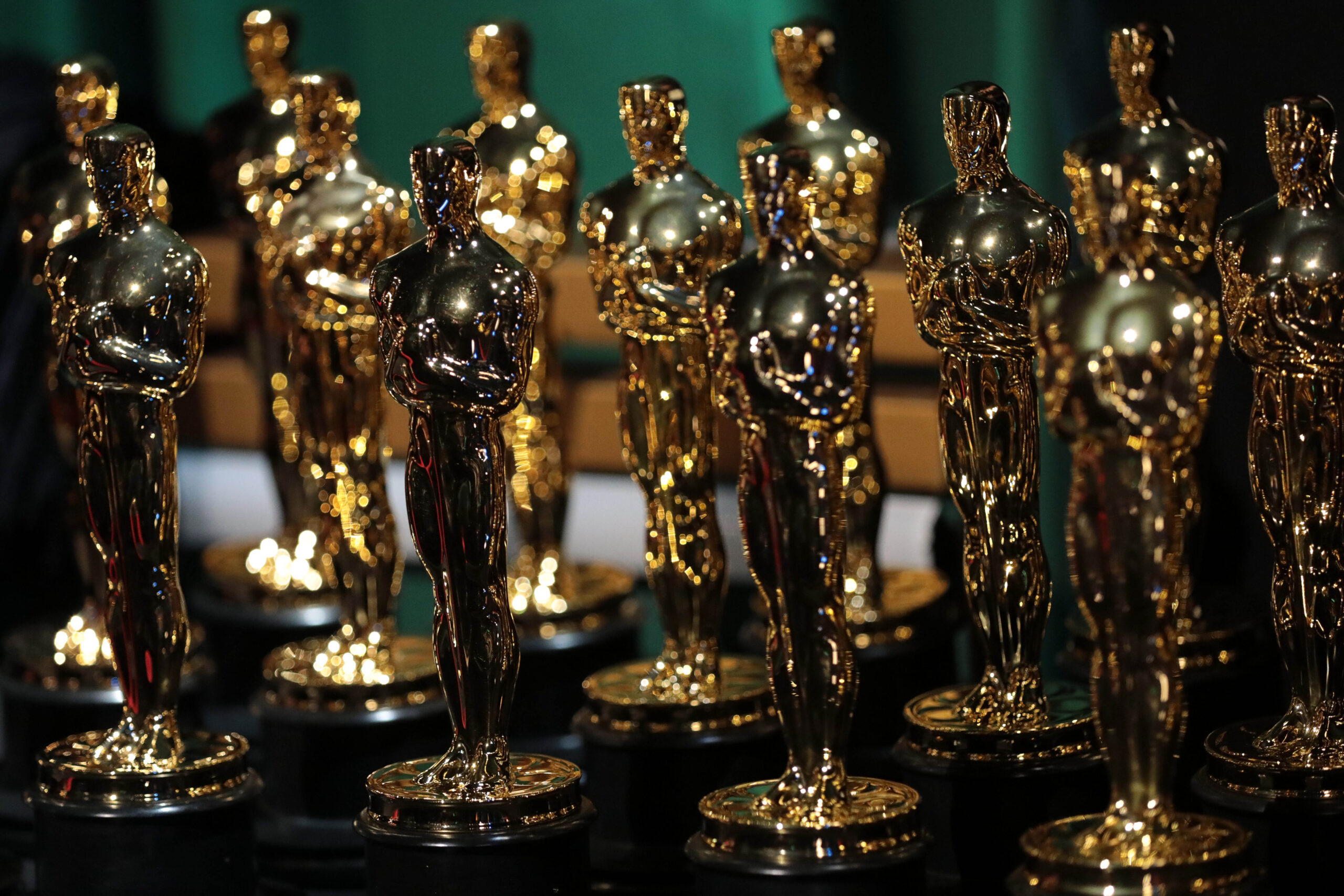Comparing Box Office Potential: Analyzing Barbie and Oppenheimer Movies’ Earnings and Predictions
When it comes to predicting the box office potential of movies, there are several factors to consider. From the storyline and cast to marketing strategies and target audience, numerous elements play a crucial role in determining a film’s success. In this article, we will compare the box office potential of two very different movies: Barbie and Oppenheimer.
Barbie, a beloved doll brand created by Mattel, has been a staple in the toy industry for decades. The franchise has expanded beyond dolls to include animated movies, TV shows, and merchandise. Barbie movies often target young girls and aim to deliver empowering messages through their stories. These movies have built a loyal fan base over the years, making them a reliable source of revenue for Mattel.
On the other hand, Oppenheimer is an upcoming historical drama directed by a critically acclaimed filmmaker. The movie revolves around the life of J. Robert Oppenheimer, the renowned physicist who played a pivotal role in the development of the atomic bomb during World War II. With a focus on historical accuracy and thought-provoking storytelling, Oppenheimer appeals to a more mature audience interested in intellectual narratives.
When comparing the box office potential of these two movies, it is essential to consider their target demographics. Barbie movies primarily cater to young girls aged 5-12, who are often accompanied by their parents or guardians. These movies rely on the brand’s recognition and the appeal of its iconic character to attract audiences. The success of previous Barbie movies, such as “Barbie: Princess Adventure” and “Barbie: Spy Squad,” indicates a consistent demand for these films among their target audience.
Oppenheimer, on the other hand, targets a more niche audience interested in historical dramas and intellectual narratives. While this genre has its dedicated fan base, it may not have the same broad appeal as a Barbie movie. However, the involvement of a renowned director and the potential for critical acclaim could attract a more mature audience, including history enthusiasts and fans of thought-provoking cinema.
Marketing and promotion also play a significant role in a movie’s box office potential. Barbie movies benefit from the extensive marketing efforts of Mattel, leveraging the brand’s popularity and existing fan base. These movies are often accompanied by merchandise tie-ins, TV commercials, and online campaigns targeting young girls and their parents. The familiarity and positive associations with the Barbie brand contribute to the success of these films.
Oppenheimer, being a more niche film, may require a different marketing approach. The focus here would be on targeting history enthusiasts, intellectual circles, and film festivals to generate buzz and positive word-of-mouth. Promotional strategies could include engaging historical societies, partnering with educational institutions, and leveraging social media platforms to reach the target audience effectively.
In terms of box office earnings, Barbie movies have consistently performed well, with some entries grossing over $100 million worldwide. These movies benefit from multiple revenue streams, including theatrical releases, DVD sales, and licensing deals for merchandise. The strong brand recognition and loyal fan base contribute to the financial success of these films.
Oppenheimer, being an upcoming movie, does not have a box office track record yet. However, historical dramas with strong narratives and critical acclaim have proven successful in the past. Films like “The Imitation Game” and “Darkest Hour” garnered both critical acclaim and commercial success, grossing over $200 million worldwide. If Oppenheimer manages to strike a chord with its target audience and receive positive reviews, it has the potential to perform well at the box office.
In conclusion, comparing the box office potential of Barbie movies and Oppenheimer requires considering their target demographics, marketing strategies, and previous track records. While Barbie movies rely on their brand recognition and appeal to young girls, Oppenheimer aims to attract a more mature audience interested in historical dramas. Both movies have the potential for success, but their approaches and expectations differ significantly. Ultimately, it will be interesting to see how these movies fare at the box office and whether they meet their respective goals.

